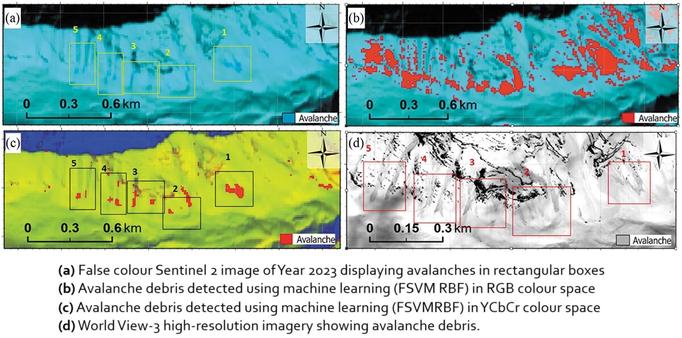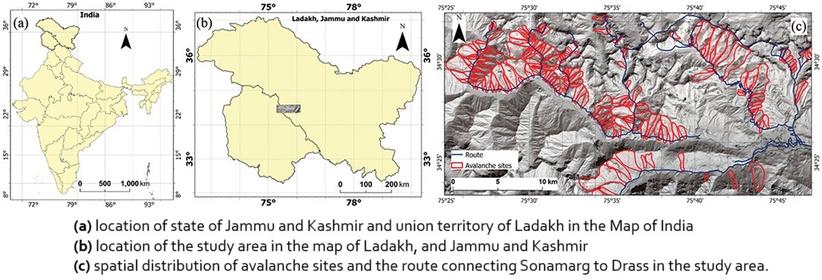Alle Bundesliga-Transfers 2024/25
von Nina Potzel
Wer kommt? Wer geht? Wer verlängert? Hier aktualisieren wir laufend die Transfers und Vertragsverlängerungen der Teams in der Bundesliga der Frauen.Stand: 16. September 2024, 13:52 Uhr
FC Bayern München
ZugängeMagou Doucouré(23, V, von OSC Lille, bis 2025)Julia Zigiotti Olme(26, DM, von Brighton & Hove Albion, bis 2026)Ena Mahmutovic(20, TW, von MSV Duisburg, bis 2027)Lena Oberdorf […]
#BundesligaFrauen #DieLiga #FCB #FCC #FCN #FußballDerFrauen #HSV #KOE #LEV #MSV #PDM #RaBa #SCF #SGE #SGS #SpielerInnen #SVM #SVW #Transfers #TSG #TurbinePotsdam #WOB
https://bolztribuene.de/2024/05/07/bundesliga-transfers-2024-25/












